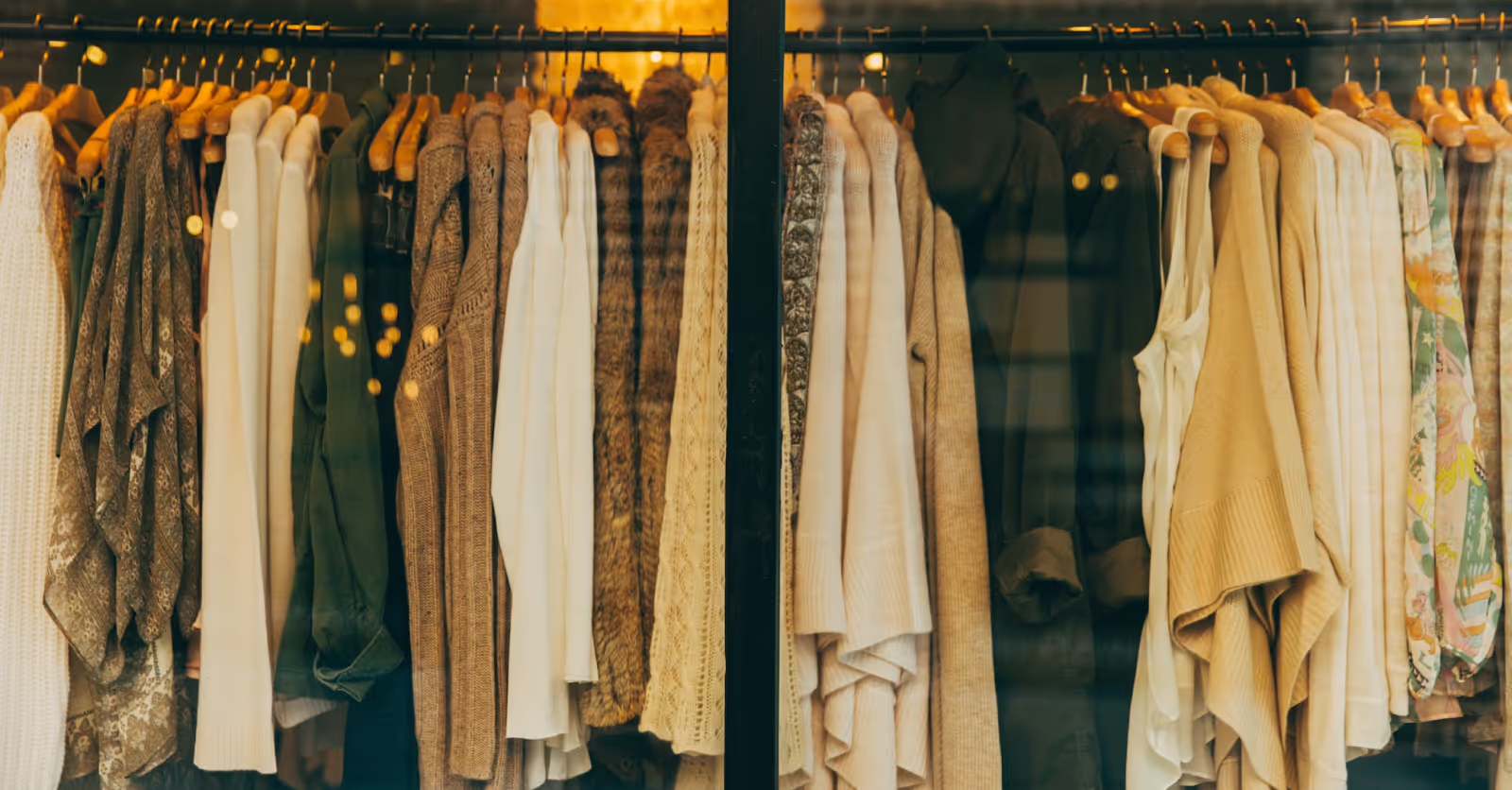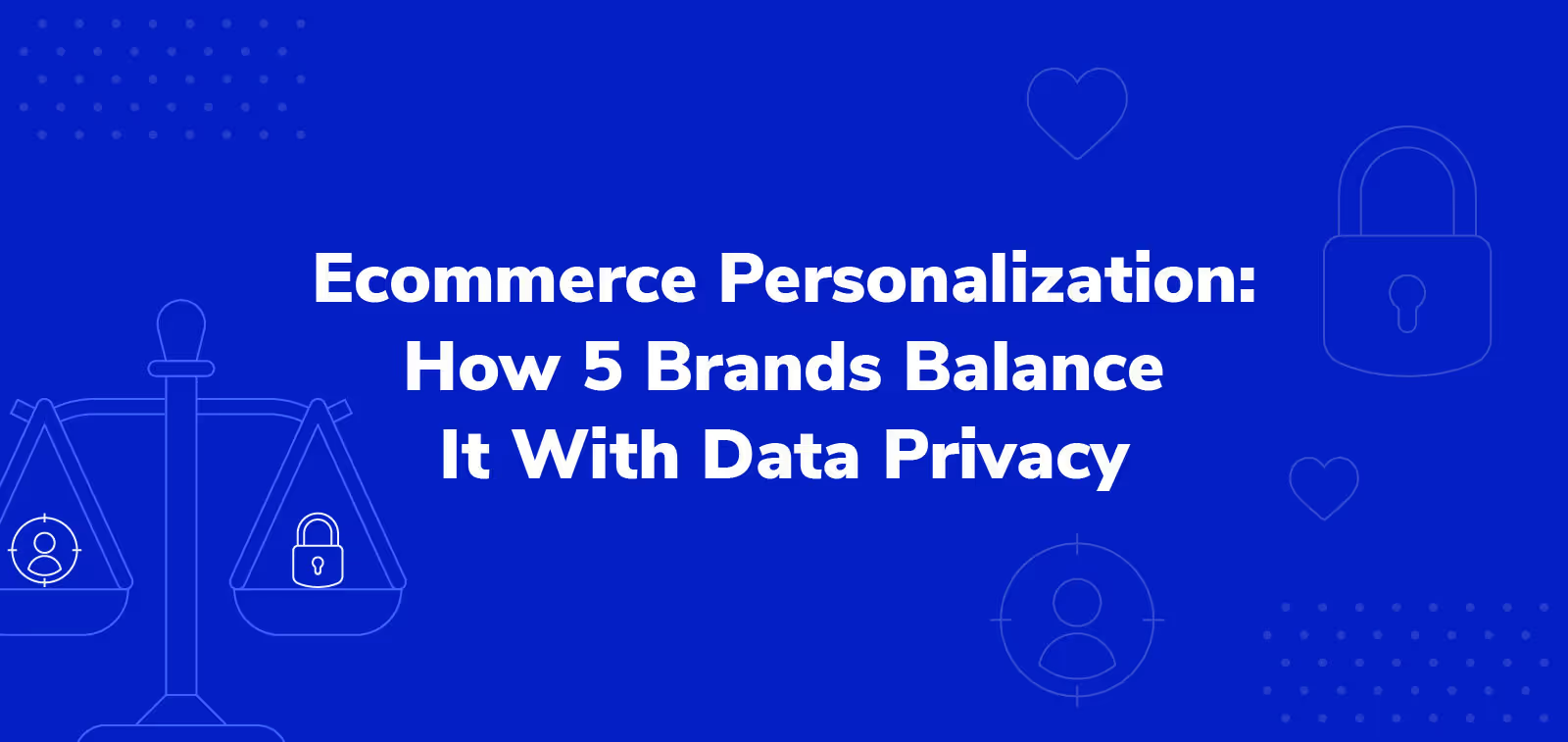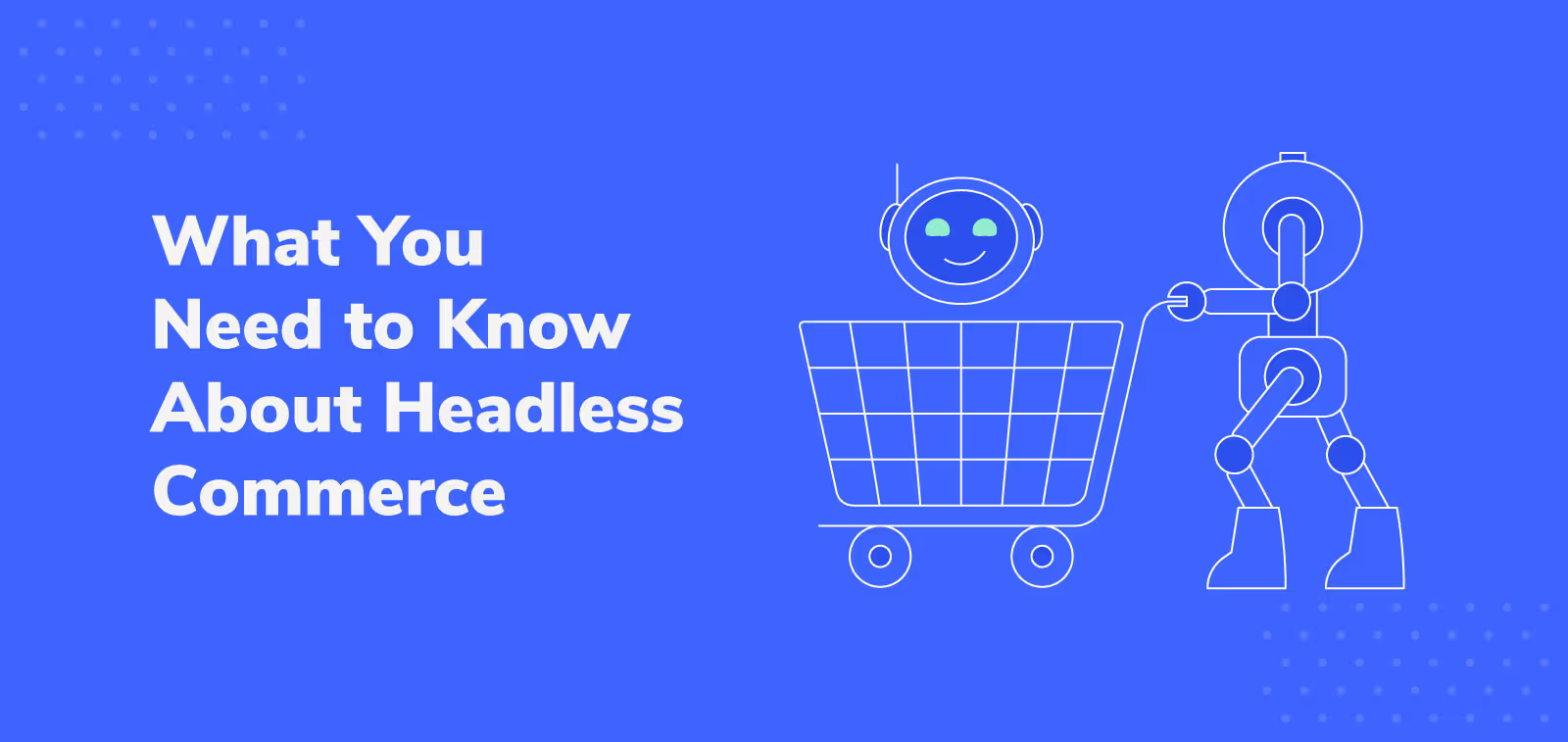Average Order Value: Why It Matters & How to Improve It

You don’t always need more sales or new customers.
At least, most ecommerce companies don’t…you may even need fewer!
What you do need is more revenue. The most efficient way to achieve more revenue is to increase your average order value (AOV), or the amount customers spend per sale.
A higher AOV means more income, and consolidating the same amount of units sold to an individual customer into a single sale cuts costs. Such costs include transaction fees, customer acquisition costs (CAC), and shipping costs.
If you’re among the 95% of ecommerce leaders for whom cost-optimization is a priority in 2022, AOV is an essential metric to follow. Incentivize your best customers — your customer base — to buy more in each transaction by focusing on their core needs.
What is average order value (AOV)?
AOV is an ecommerce metric that represents the average amount a representative customer would spend in a single transaction. To find AOV, divide your total revenue by your total orders.
Unlike customer lifetime value (CLV) which uses individual customers as its starting point, AOV begins with revenue. As a result, AOV is a good ecommerce metric for online retailers who want to analyze the big picture rather than individual customer relationships.
AOV is ideal for ecommerce businesses focusing on higher-ticket items, like home goods, where impulse buying is likely not part of your marketing strategy.
What makes a good AOV depends on your strategy. If you aim to maximize impulse buys, a low AOV could be right. For example, if you use one-click checkout across social channels to minimize checkout friction, there are limited opportunities for upselling or cross-selling to increase AOV. Single items like phone cases or budget-conscious fashion or jewelry may be just right for such a strategy.
The right emphasis to put on AOV can also vary by device.
In 2021, Kibo found that global desktop AOV was $120.51, $87.18 for tablets, and $84.69 on mobile.
Why this variation? While it’s easier to research major purchases on desktop, mobile is arguably better for scrolling and impulse buying.
Why does average order value matter?
AOV is important because the more each transaction is worth, the more profit you make after covering the cost of each transaction — such as cost of acquisition, card processing fees, and shipping. High AOV means a higher profit-to-cost ratio. It also correlates with other important metrics and KPIs like customer retention.
AOV is especially important to businesses whose customers purchase less frequently. A low average dollar amount can be sustainable if customers buy often (like a subscription service or where strong customer loyalty exists). But if buyers only order your products occasionally — regardless of price — increasing AOV maximizes the value of each transaction.
For example, for many customers, the Gego Tracker is likely to be an occasional or one-time purchase, despite being relatively affordable at $60 for the premium option.
Gego smartly offers additional accessories and add-ons to complement its core product in the travel vertical at both low and high price points. At the more affordable end, product skins for the Gego tracker retail at less than $10. On the higher side, Gego offers more expensive items. A 3D tablet ideal for the plane has an $899.00 recommended retail price (RRP). With cross-selling options available, on the occasion a customer is in the market for its core product, Gego can make the most of the opportunity by selling complementary items, resulting in a higher AOV.
How to calculate average order value
Add the financial value of all orders for the time period you’re interested in. Then divide that figure (total revenue) by the number of orders you received over the same period of time.
AOV = Total Revenue / Total Number of Orders
You can track these numbers manually by downloading your sales and working with them in a spreadsheet or by automating the calculation in an ecommerce platform like Shopify, BigCommerce, or Wix.
For example, CarParts.com reported $582,440,000 in net sales in 2021. While the annual report doesn’t specify total orders, we can still plug in some realistic figures for the sake of demonstration. Assuming the company had 4 million total orders, AOV would be $145.61.
How to increase average order value
Taking steps to incentivize higher order totals is the key to improving AOV. While customers may happily spend a large amount spread over multiple transactions, a high single subtotal can be intimidating. Most customers won’t be comfortable paying more without an incentive, so give them some to prevent a drop in conversion rates.
Build on your most common order value
Your most common order value is popular among your various possible order totals for a reason. If you find out why, you can take steps to increase AOV based on the underlying cause.
Check your most common order value in your ecommerce platform’s backend. Look into which product combination contributes most. This will give you a benchmark to work from. Then, identify complementary products to promote together through your marketing efforts that might increase your average value. Include this combination in marketing campaigns, possibly as part of a bundle, if appropriate.
For example, T3’s smooth paddle brush and Detangle Duo might have been a popular pairing. In that situation, it’s possible that $65 could have been the company’s most common order value, showing up more than any other total. If so, this could indicate an opportunity to bundle both items along with complementary products into the Ultimate Brush Set ($100 RRP), boosting AOV. With additional products, you can increase the profit margin of each shopping cart.
Offer volume discounts
Volume discounts improve AOV because they give customers a reason to spend more in a single transaction — they save more if they spend more.
There are three ways an online business can implement volume discounts in its pricing strategy:
- Tiers — Create a series of ranges within which a particular discount applies. For example, a 5% discount on 50 to 150 units (individual products), 10% on 151–250, etc. The discount applies to all units purchased in the same transaction.
- Thresholds — The discount only applies to items bought above a predetermined minimum purchase. Perhaps you offer a buy one get one (BOGO) 50% discount. The customer pays the normal rate on the first unit. Discounts could also include a free shipping threshold (e.g., spend $75 and get free shipping).
- Package rates — Assemble a set of products into a bundle, then sell them together at a discount. For example, AmScope sells products children may need for their studies in kids value bundles.

A/B test systematically
A/B testing — or split testing — can provide data on which changes will help give AOV a boost. Systematize A/B testing, and integrate it into your regular business decisions to maximize the benefits.
A/B testing is often associated with small tweaks like button color. While incremental change is certainly one part of the method, the adjustments you test can be more extensive than that. In fact, split testing can be part of the web development process for any changes impacting your online store. Implemented properly, the result can be gradual but consistent improvements.
In your web dev process documentation, add an A/B testing phase after each new change is created (but don’t change too many things at once for fear of missing what actually creates an impact on AOV). Integrate this into your project management strategy (e.g., Agile) with an explicit stage in your preferred project management software, like Jira. In practice, use analytics tools like Google Analytics and Hotjar to test variations for their impact on AOV.
However, A/B testing a change once at implementation is not enough. Make sure you retest alternative combinations of site elements periodically. After all, customer expectations evolve over time.

BlendJet has the kind of well-designed ecommerce store that indicates A/B testing. Product pages feature the option to buy either a single product or purchase the bundle directly from the same product page. This has the potential to boost AOV by upselling the bundled option to shoppers who initially landed on the page for a single product.
Cross-sell product protection
Consumers are often willing to pay for peace of mind. Merchants can tap into that mentality and boost AOV by upselling modern product protection plans like those offered by Extend, increasing gross profit.
Product protection keeps customers using their favorite products, which are often high in value and a hassle to repair or replace. Extend helps you identify which products from your catalog are the best fit for protection plan coverage. Customers begin to add product protection to their carts along with their items, and over time your AOV increases.

Offering product protection plans can bring a substantial lift to AOV. For example, Oru Kayak’s 3 Year plan on the Bay ST foldable kayak sells for $249 — thanks to a revenue share model with Extend, that results in pure profit for Oru Kayak.
To find out how much Extend product protection could add to your average order value and support revenue growth, drop your details into our contact form here.
Aaron Sullivan is senior content marketing manager at Extend. He specializes in writing about e-commerce, finance, entertainment, and beer.
.svg)












































.avif)











